Researchers preparing slides of live bacteriophages were surprised to see them link and form naturally into three-dimensional flower shapes in reaction to contact with high-pressure carbon dioxide. The discovery is welcome news for researchers who had been trying to network phages articifially to boost their power.
Tag: Viruses
Identifying the genes that viruses ‘steal’ from ocean microbes
A new study gets scientists closer to more fully understanding where viruses fit into the global ocean picture of cycling nutrients such as nitrogen, phosphorous and, of particular interest, carbon.
Not So Selfish After All: Viruses Use Freeloading Genes as Weapons
Certain pieces of DNA have been labeled as “selfish genetic elements” due to notions that they don’t contribute to a host organism’s survival. Instead, researchers have now discovered that these elements have been weaponized and play a crucial role by cutting off a competitor’s ability to reproduce.
Infectious Disease Doctor: Flying This Summer? Here’s What You Should Know Before Boarding.
The TSA just reported an all-time high for the number of airline travelers screened, and major U.S. airlines expect to transport 271 million passengers this summer, a 6.3 percent increase from last year. Now, board-certified infectious disease physician Carl Abraham, M.D., assistant…
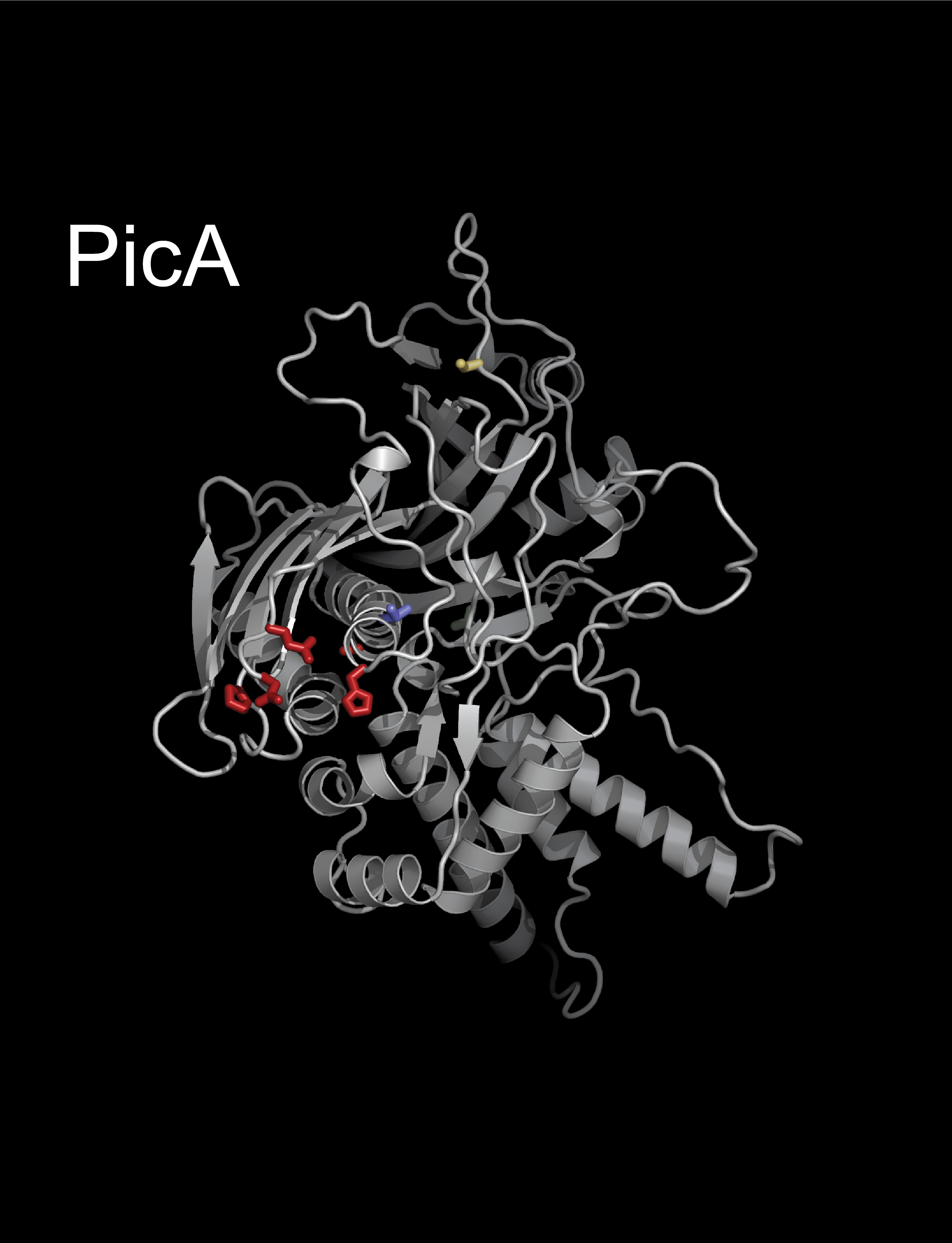
Researchers Discover Key Functions of Therapeutically Promising Jumbo Viruses
Viruses known as “jumbo” phages are seen as a potential tool against deadly bacterial infections. But scientists must first decipher the extraordinary makeup of these mysterious viruses. Researchers have now uncovered a key piece of jumbo phage development that helps them counter bacteria.
Ancient retroviruses played a key role in the evolution of vertebrate brains
Researchers report in the journal Cell that ancient viruses may be to thank for myelin—and, by extension, our large, complex brains.
Virus ancestry could aid bid to predict next pandemic, study finds
Virus family history could help scientists identify which strains have potential to become the so-called Disease X that causes the next global pandemic.
The Unraveling of a Protist Genome Could Unlock the Mystery of Marine Viruses
Viruses are the most prevalent biological entities in the world’s oceans and play essential roles in its ecological and biogeochemical balance. Yet, they are the least understood elements of marine life. By unraveling the entire genome of a certain marine protist that may act as a host for many viruses, an international research team led by scientists from Stony Brook University sets the stage for future investigations of marine protist genomes, marine microbial dynamics and the evolutionary interplay between host organisms and their viruses – work that may open doors to a better understanding of the “invisible” world of marine viruses and offers a key to the ecology and health of oceans worldwide. The research is published early online in Current Biology.
Climate change can alter the risk of succumbing to infectious diseases
A new Europe-wide study investigated the prevalence of protozoans, bacteria and viruses potentially pathogenic to humans and domestic animals in birds and bats in varying climatic conditions. The prevalence of many of these pathogens was associated with temperature or rainfall.
High-speed train tech used to detect airborne viruses – new research
Researchers from University of British Columbia and Michigan State University have invented a system that can quickly and inexpensively detect airborne viruses using the same technology that enables high-speed trains.
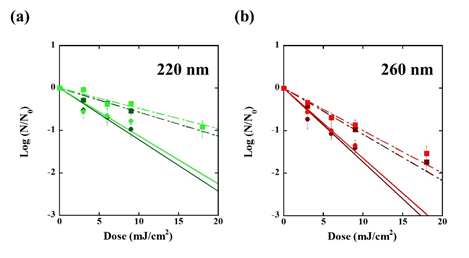
UV disinfection in the treatment management of SARS-CoV-2 Omicron variants
The global outbreak of severe acute respiratory syndrome coronavirus 2 (SARS-CoV-2) and its new variants has created a need for effective disinfection technologies to protect against harmful pathogens. While vaccines offer some protection, their effectiveness against future variants is uncertain. Therefore, additional strategies are important during the pre-vaccine stage.

New algorithm may fuel vaccine development
Immune system researchers have designed a computational tool to boost pandemic preparedness. Scientists can use this new algorithm to compare data from vastly different experiments and better predict how individuals may respond to disease.
Echovirus 11 in newly born twins: case in Italy shows close genetic relation to strains found in France among neonates
A group of French clinicians and researchers described an observed increase in both incidence and severity of acute and fulminant hepatitis associated with an emerging lineage of E11 in new-borns in France since summer 2022. This upsurge has been particularly affecting male twins.
CoDe tool makes vaccine development faster and more accurate
A new software tool developed by Texas Biomedical Research Institute and collaborators can help scientists and vaccine developers quickly edit genetic blueprints of pathogens to make them less harmful. The tool, called CoDe – short for Codon Deoptimization – enables users to make precise edits to a genetic code to make genes less functional – in other words, to deoptimize the genes.
Measles virus ‘cooperates’ with itself to cause fatal encephalitis
Researchers in Japan have uncovered the mechanism for how the measles virus can cause subacute sclerosing panencephalitis, or SSPE, a rare but fatal neurological disorder that can occur several years after a measles infection.
LJI Instructor Annie Elong Ngono, Ph.D., wins GVN support to advance infectious disease research
LJI Instructor Annie Elong Ngono, Ph.D., has spearheaded important studies into the immune response to deadly pathogens such as dengue virus. Now, this dedication to global health and virology has earned her acceptance to the Global Virus Network’s (GVN) highly selective Rising Star Mentorship Program.
LJI scientists confirm smallpox vaccine also teaches T cells to fight mpox
“Vaccines such as JYNNEOS should be able to induce T cells that also recognize mpox and can provide protection from severe disease.”
Attack on 2 fronts leads ocean bacteria to require carbon boost
The types of ocean bacteria known to absorb carbon dioxide from the air require more energy – in the form of carbon – and other resources when they’re simultaneously infected by viruses and face attack from nearby predators, new research has found.
Current vaccine approach not enough to eradicate measles
Current vaccination strategies are unlikely to eliminate measles, according to a new study led by faculty at the University of Georgia. The paper, which published today in The Lancet Global Health, explores the feasibility of eliminating measles and rubella using predominant vaccination strategies in 93 countries with the highest disease burden.
Charlotte researchers part of NSF-supported center investigating ‘healthier’ buildings
Could the design of a hospital or a school affect the germs that can spread within it? UNC Charlotte bioinformatics professor Anthony Fodor is part of a team seeking to find out. He is among the group of researchers undertaking an effort to better understand and improve the microbial communities of where people live, work and play.
Texas Biomed tapped for national ‘Dream Team’ developing antivirals against COVID-19 and other threats
Texas Biomedical Research Institute Professor Luis Martinez-Sobrido, PhD, an expert in virology, vaccines and antiviral research, has been recruited to collaborate with three of the nine Antiviral Drug Discovery (AViDD) Centers for Pathogens of Pandemic Concern announced by NIH this spring.
Evolve… Innovate… Repeat: Scientists Peel Back the Layers of Virus-Host Evolution and Innovation
Scientists have uncovered an intriguing new understanding of how viruses and the hosts they infect evolve new innovations to outcompete each other. Culminating a 10-year research effort, the researchers tracked the way fitness landscapes constantly change in the ongoing struggle for survival.
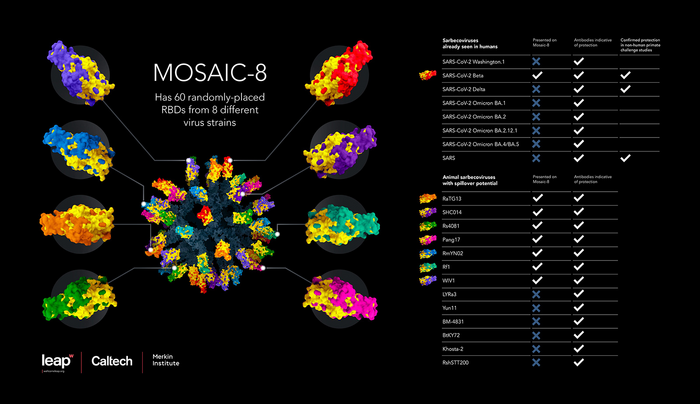
Nanoparticle vaccine protects against a spectrum of COVID-19-causing variants and related viruses
A new type of vaccine provides protection against a variety of SARS-like betacoronaviruses, including SARS-CoV-2 variants, in mice and monkeys, according to a study led by researchers in the laboratory of Caltech’s Pamela Bjorkman, the David Baltimore Professor of Biology and Bioengineering.
Immune Cells Anchored in Tissues Offer Unique Defenses Against Pathogens and Cancers
Researchers are expanding their understanding of unique immune “memory” cells equipped to remember malicious invaders. They developed an atlas that describes tissue-resident memory cells in diverse settings, boosting prospects for new immune defense strategies at vulnerable infection sites.
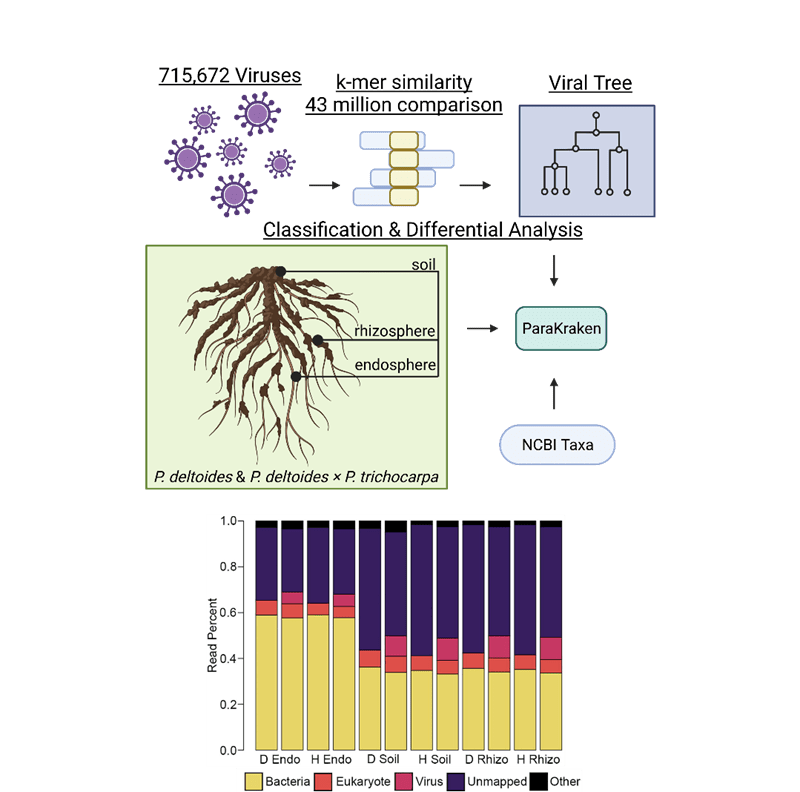
A New Approach Produces a 90-Fold Increase in Known Viral Taxa
Viruses play an essential role in regulating microbiomes. However, the use of metagenomics and metatranscriptomics have produced taxonomies of only a tiny proportion of the world’s viruses. In this study, researchers used a novel algorithm to compare and incorporate 715,672 metagenome viruses from environmental samples around the world. This expands the viral taxa available to researchers from about 8,000 to 723,672. The scientists then used the data to examine samples from two Populus tree genotypes.
Good news on blocking a virus considered a global threat
Scientists have reported good news on the pandemic preparedness front: A cocktail of four manufactured antibodies is effective at neutralizing a virus from the Henipavirus family, a group of pathogens considered to be a global biosecurity threat.
Proteins that outwit emerging and re-emerging viruses
A family of proteins best known for their role in diminishing HIV infectivity may have the goods to outwit other emerging and re-emerging viruses, scientists have found.
15,000-year-old viruses discovered in Tibetan glacier ice
Scientists who study glacier ice have found viruses nearly 15,000 years old in two ice samples taken from the Tibetan Plateau in China. Most of those viruses, which survived because they had remained frozen, are unlike any viruses that have been cataloged to date.
Deconstructing the Infectious Machinery of SARS-CoV-2
Scientists from three national labs have published a comprehensive study that – alongside other recent, complementary studies of coronavirus proteins and genetics – represents the first step toward developing treatments for COVID-19.
Trained Viruses Prove More Effective at Fighting Antibiotic Resistance
Research reveals that phage viruses that undergo special evolutionary training increase their capacity to subdue bacteria. The results provide hope for the antibiotic resistance crisis, a rising threat as deadly bacteria continue to evolve to render many modern drugs ineffective.
With “herd immunity” unlikely, antivirals will play key role in COVID-19 management
According to The New York Times, the prospects for reaching “herd immunity” in the fight against COVID-19 are increasingly dim. Subsequently, the virus “will most likely become a manageable threat that will continue to circulate in the United States for…
Heavy charge against water germs
Removing pathogens from drinking water is especially difficult when the germs are too tiny to be caught by conventional filters. Researchers at Empa and Eawag are developing new materials and processes to free water from pathogenic microorganisms such as viruses.
Rutgers Expert Available to Discuss Viral ‘Pandemics’ in Oceans
New Brunswick, N.J. (April 6, 2021) – Rutgers University–New Brunswick microbial oceanographer Kay D. Bidle is available for interviews on the persistent and profound impact of viral infections on algae in the oceans. These infections influence the Earth’s carbon cycle, which helps…
Rush Partners With Abbott to Prepare for Future Pandemics
Rush University Medical Center is the first partner in the United States in the Abbott Pandemic Defense Coalition, an effort led by Abbott to detect future pathogen outbreaks that could become pandemics.
Higher Pollen Levels Correlated With Increased Coronavirus Infection Rates
New Brunswick, N.J. (March 9, 2021) – Rutgers University–New Brunswick allergy specialist Leonard Bielory is available for interviews on a study he co-authored that correlates higher airborne pollen concentrations with increased SARS-CoV-2 infection rates. High-risk individuals should wear particle filter…
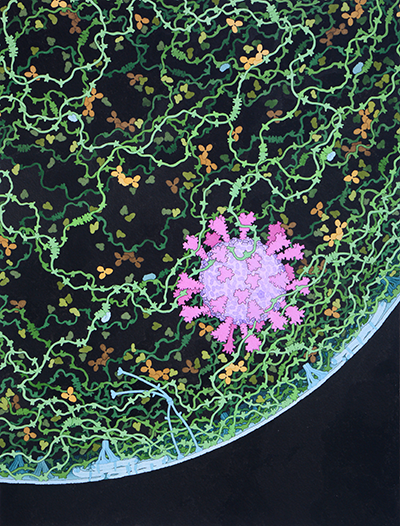
More than 1,000 SARS-CoV-2 Coronavirus Protein 3D Structures Available
New Brunswick, N.J. (March 3, 2021) – The 3D structures of more than 1,000 SARS-CoV-2 coronavirus proteins are freely available from the RCSB Protein Data Bank headquartered at Rutgers University–New Brunswick. The data bank reached the milestone this week, with 1,018 proteins as…
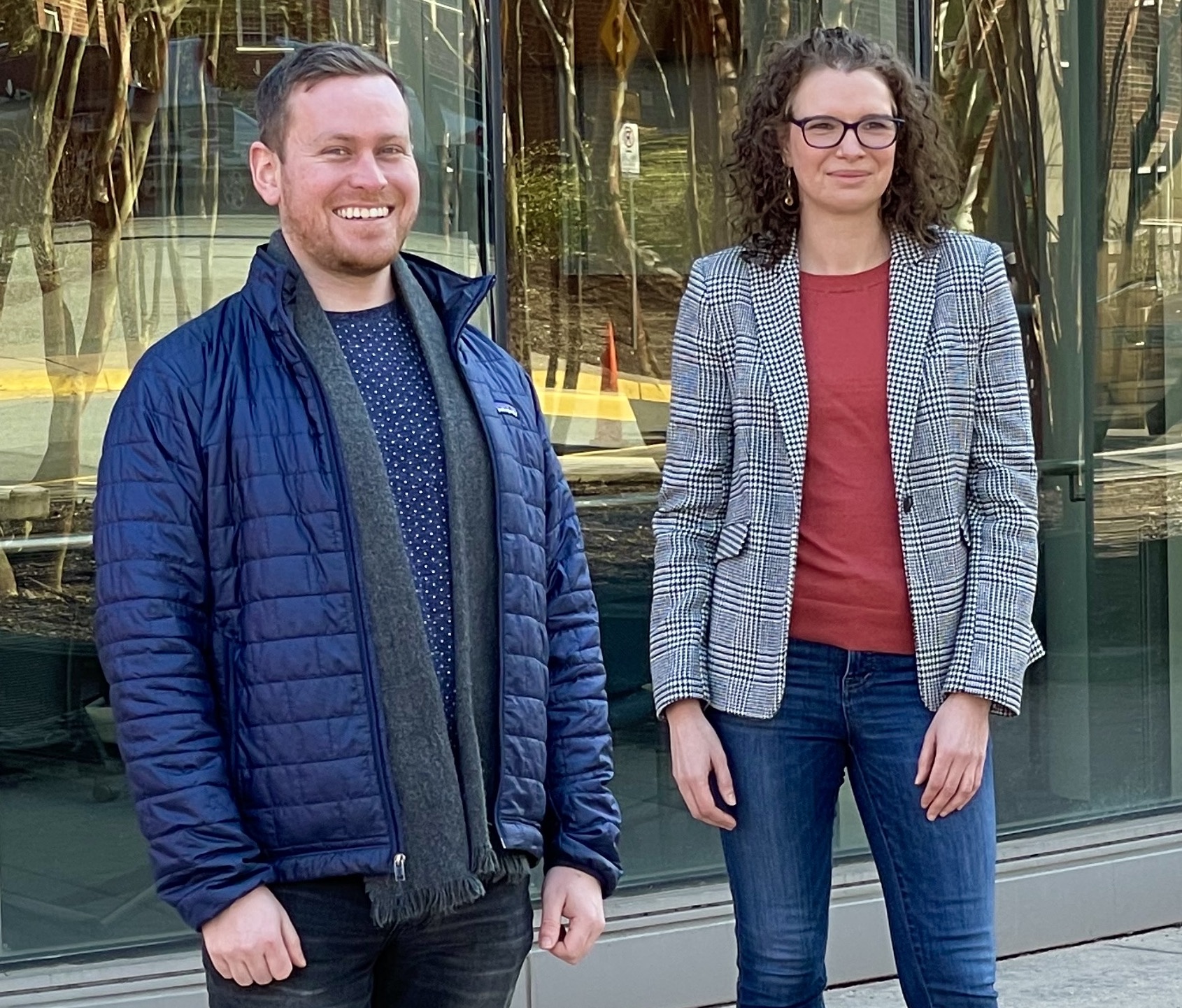
Cold sores: Discovery reveals how stress, illness and even sunburn trigger flareups
The finding could lead to new ways to prevent cold sores and herpes-related eye disease from reoccurring, the researchers report.

Houston Methodist expert notes COVID-19 precautions lead to historic drop in flu cases
A silver lining is emerging amid the COVID-19 pandemic. Influenza numbers are way down – 98 percent down, according to the CDC. Locally, during flu season last year, Houston Methodist’s system of eight hospitals saw 250 to 450 flu cases per week. This year the hospital system has seen only 2 to 5 flu cases per week so far. The numbers tell a striking story. Handwashing, masking and social distancing work.

Retrained generic antibodies can recognize SARS-CoV-2
An alternative approach to train the immunity response is offered by researchers at the University of Illinois Chicago and California State University at Sacramento who have developed a novel strategy that redirects antibodies for other diseases existing in humans to the spike proteins of SARS-CoV-2.
Alzheimer’s microbe hypothesis gets major NIH funding
After years of paltry funding, research on the possible role of microbes in the causation of Alzheimer’s disease will now get a major infusion of grants from the NIH’s National Institute on Aging

Giving Cells an Appetite For Viruses
DALLAS – Dec. 16, 2020 – A team led by UT Southwestern researchers has identified a key gene necessary for cells to consume and destroy viruses. The findings, reported online today in Nature, could lead to ways to manipulate this process to improve the immune system’s ability to combat viral infections, such as those fueling the ongoing COVID-19 pandemic.
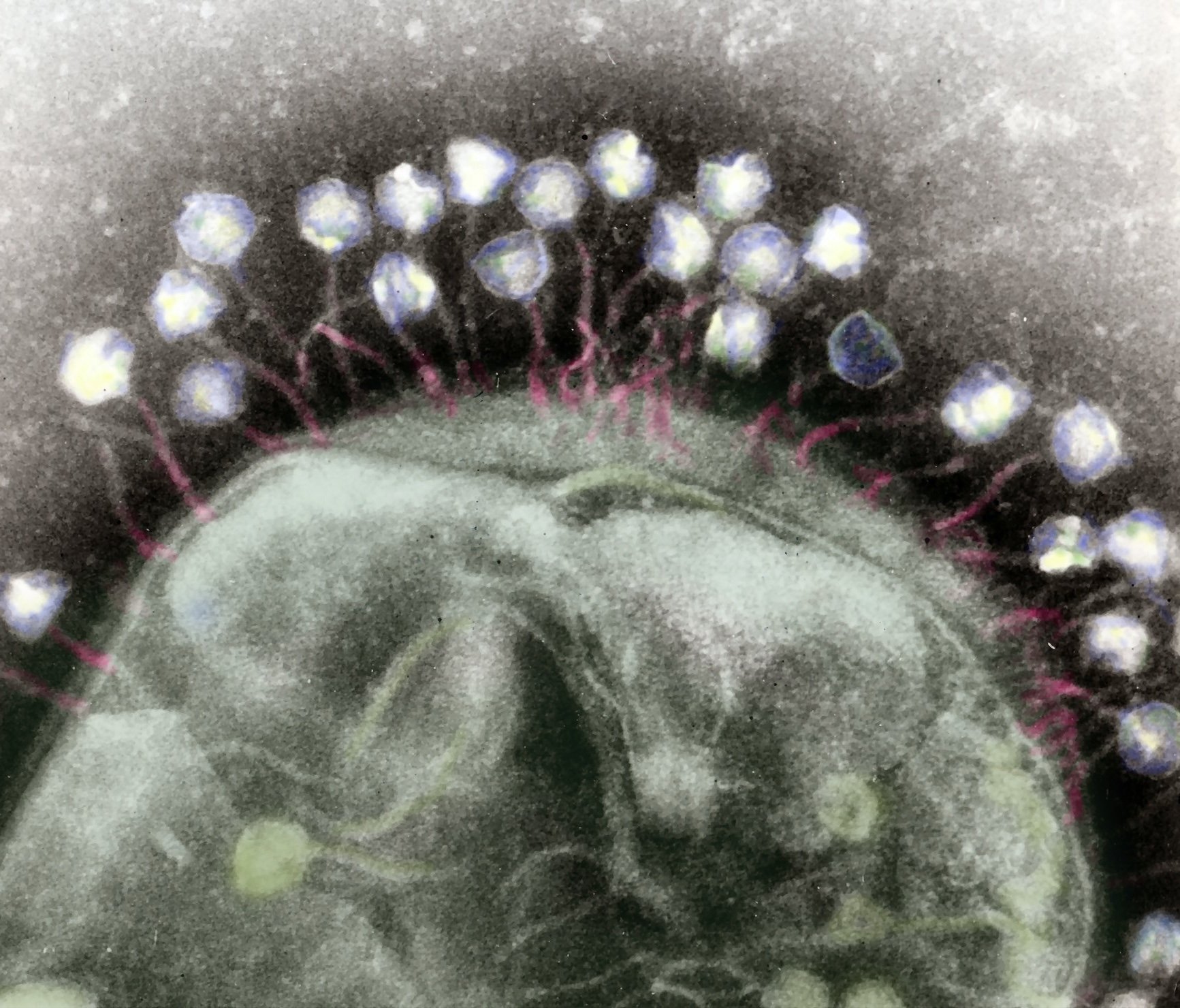
Cataloging Nature’s Hidden Arsenal: Viruses that Infect Bacteria
A new approach for studying phage-bacteria interactions will help scientists study the intricate offensive and defensive chemical tactics used by parasite and host. These microscopic battles have implications for medicine, agricultural research, and climate science.

Uncovering Novel Genomes from Earth’s Microbiomes
Reported in Nature Biotechnology, the known diversity of bacteria and archaea has been expanded by 44% through a publicly available collection of more than 52,000 microbial genomes from environmental samples resulting from a JGI-led collaboration involving more than 200 scientists around the world.

What’s That Growing on Your Face Mask?
Many people reuse masks and other face coverings many times without sanitizing them. That is likely because current sanitization methods can be cumbersome. A new device using a hanging rack and UV-C light can sterilize up to six masks and other items simultaneously and quickly, killing bacteria, yeasts, mold spores, and viruses. This device has shown its efficacy against pathogens including the highly-contagious E-coli, which was eradicated in about one minute.
UCLA Health infectious disease experts tout critical role mask wearing plays in limiting spread of COVID-19
With thousands of new cases logged daily and a vaccine to fight COVID-19 still in development, UCLA Health infectious disease experts are encouraging people to continue to wear masks as the best method of protecting against virus transmission.
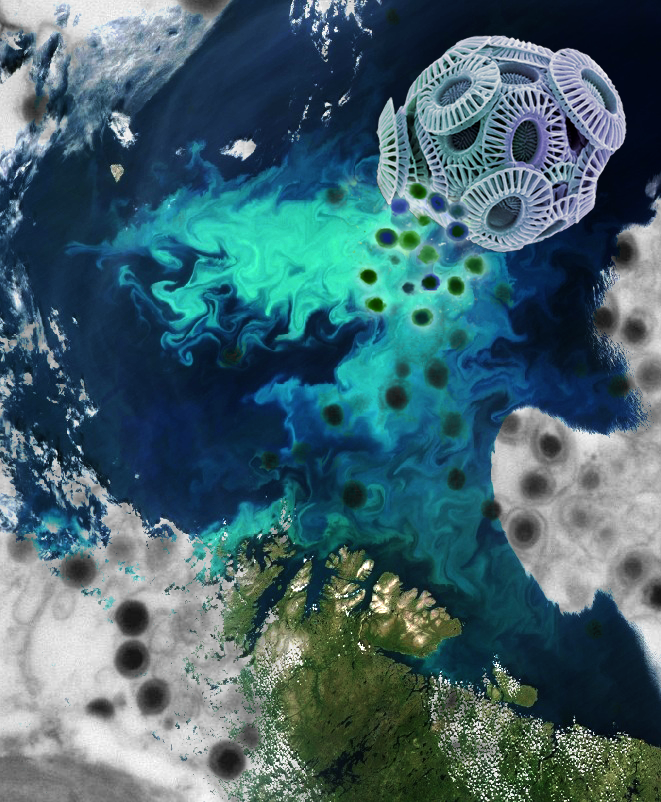
Ocean Algae Get “Coup de Grace” from Viruses
Scientists have long believed that ocean viruses always quickly kill algae, but Rutgers-led research shows they live in harmony with algae and viruses provide a “coup de grace” only when blooms of algae are already stressed and dying. The study, published in the journal Nature Communications, will likely change how scientists view viral infections of algae, also known as phytoplankton – especially the impact of viruses on ecosystem processes like algal bloom formation (and decline) and the cycling of carbon and other chemicals on Earth.
Each human gut has a viral “fingerprint”
Each person’s gut virus composition is as unique as a fingerprint, according to the first study to assemble a comprehensive database of viral populations in the human digestive system.
Studying viral outbreaks in single cells could reveal new ways to defeat them (video)
Many viruses mutate so quickly that identifying vaccines or treatments is like trying to hit a moving target. Now, scientists report a new technique that can detect minor changes in RNA sequences. They present their results today at the American Chemical Society Fall 2020 Virtual Meeting & Expo.
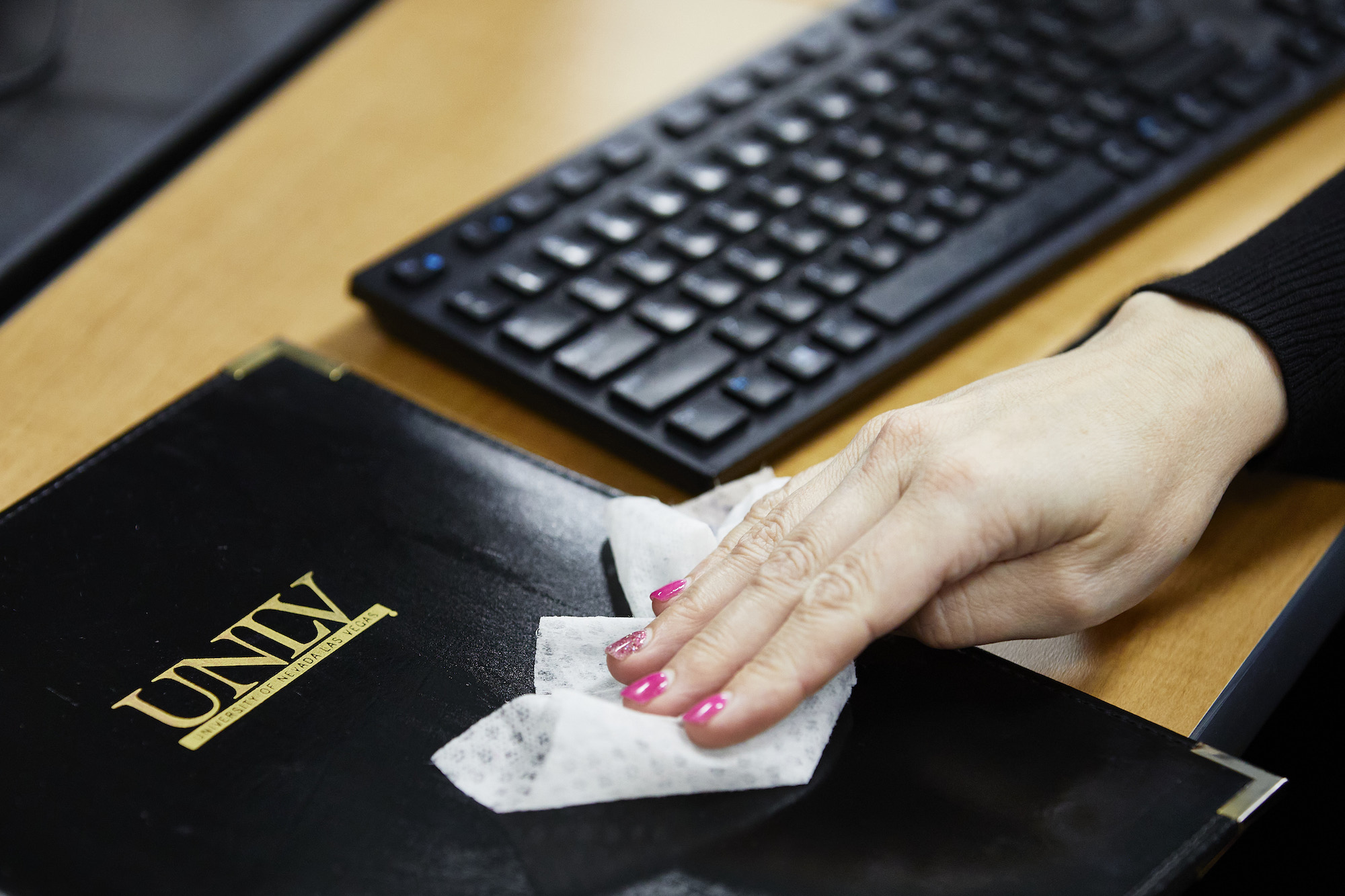
Cleaning up the Germs that Cause COVID-19
A meme is circulating on the Internet comparing the statement “once COVID-19 is over” to the wishful possibility of winning the lottery. Both might seem very out of reach, but continuing to remain vigilant with frequent handwashing, social distancing, mask-wearing,…
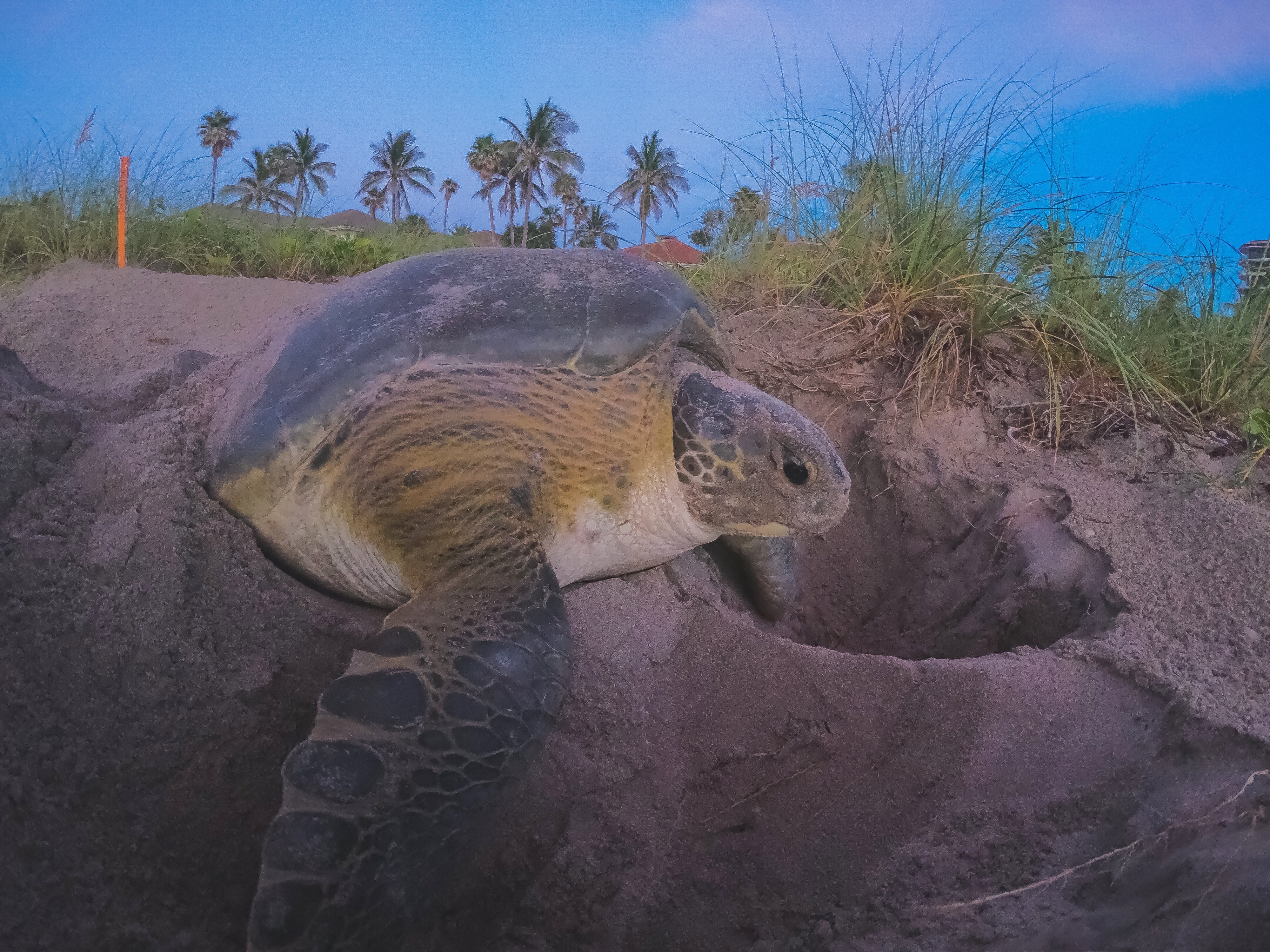
World’s Most Complete Health Analysis of Nesting Sea Turtles Conducted in Florida
The most comprehensive health assessment for a green turtle rookery in the world to date is providing critical insights into various aspects of physiology, biology, and herpesvirus epidemiology of this nesting population. Findings are hopeful for this population of green sea turtles in southeastern Florida, offer important data on the profile of health for future comparative investigations, and suggest that viruses are endemically stable in this nesting population.